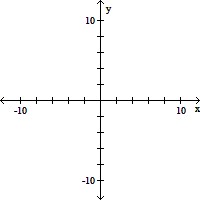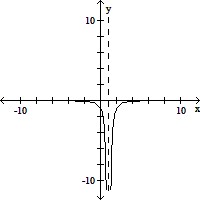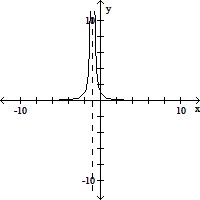Use synthetic division to find the quotient and the remainder when the first polynomial is divided by the second polynomial. 2x3 + 3x2 + 4x - 10; x + 1
A. quotient: 2x2 + x + 3; remainder: 13
B. quotient: 2x2 + 5x + 9; remainder: 1
C. quotient: 2x2 + 5x + 9; remainder: -1
D. quotient: 2x2 + x + 3; remainder: -13
Answer: D
You might also like to view...
Solve the problem.Maya bought a car for $11,000. To pay for it, she took a bank add-on interest loan at an annual interest rate of 10.5%. The loan term is 7 years. How much interest will she pay and what are her monthly payments?
A. $8085.00; $340.80 B. $8085.00; $454.40 C. $8185; $227.20 D. $8085.00; $227.20
Solve the problem.It costs $40 per hour plus a flat fee of $22 for a plumber to make a house call. Let x represent the number of hours and y represent the total cost in dollars. Write an equation in slope-intercept form that represents this situation.
A. y = 40x + 22 B. y = 22x C. y = 40x D. y = 22x + 40
An executive invests $31,000, some at 6% and some at 9% annual interest. If he receives an annual return of $2,310, how much is invested at each rate? ?
A. $16,000 at 9%, $15,000 at 6% B. $17,100 at 6%, $13,900 at 9% C. $16,000 at 6%, $15,000 at 9% D. $16,500 at 6%, $14,500 at 9% E. $17,000 at 6%, $14,000 at 9%
Sketch the graph of the function.f(x) = 

A. 
B. 
C. 
D. 